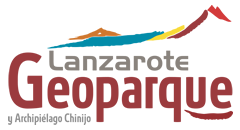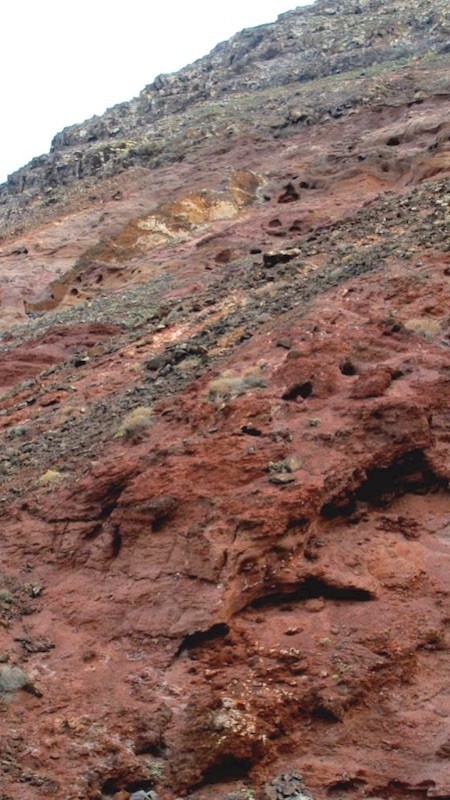Project Description
It is located in the lower part of the ancient building of Famara, and it is between 10.2 – 8.3 Ma, and one of the oldest hydromagmatic cones on the island of Lanzarote. It is a perfect example of a buried volcanic construction, showing its ochre shades and an approximately conic morphology, where the different dark basaltic lava flow emissions leaned on after the cone was formed.
Within the cone there are pyroclastic facies that allow an interpretation of its hydromagmatic origin, even with possible pillow-lavas. The deposits are cut across by sub vertical dykes. The escarpment where this buried cone flourishes, constitutes a paleo-cliff and is associated to an inferred fault escarpment, with a difference between the sequence of pyroclasts that form the volcanic cone and the piling of higher basaltic lava flow. At the bottom of the cliff, a detrital and lava platform has developed.
Its main interest is related to vulcanology, and the secondary interest is geomorphological, tectonically and stratigraphic. It is an outstanding example of colour contrast perspective as well as of the different visual effects.

